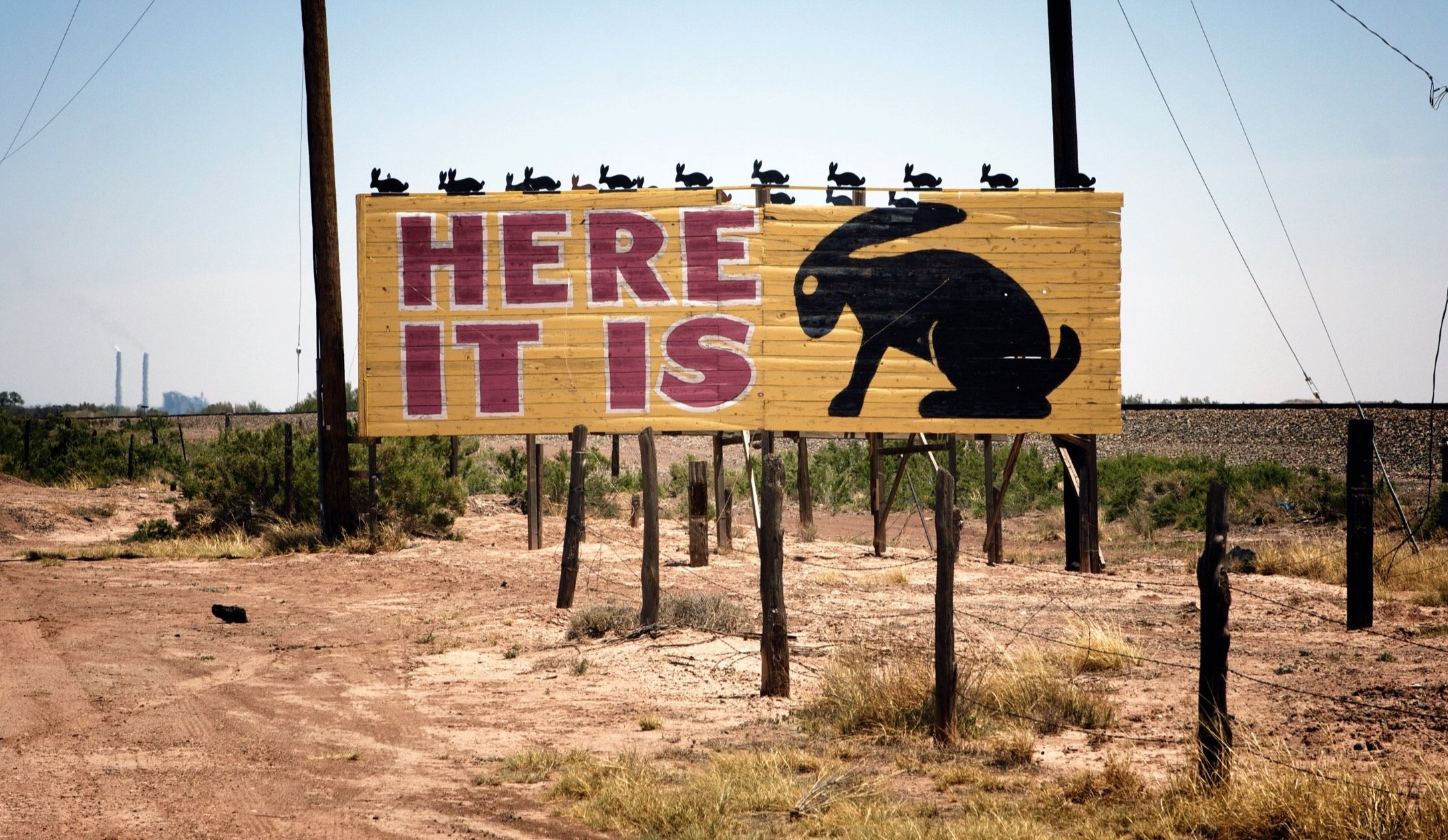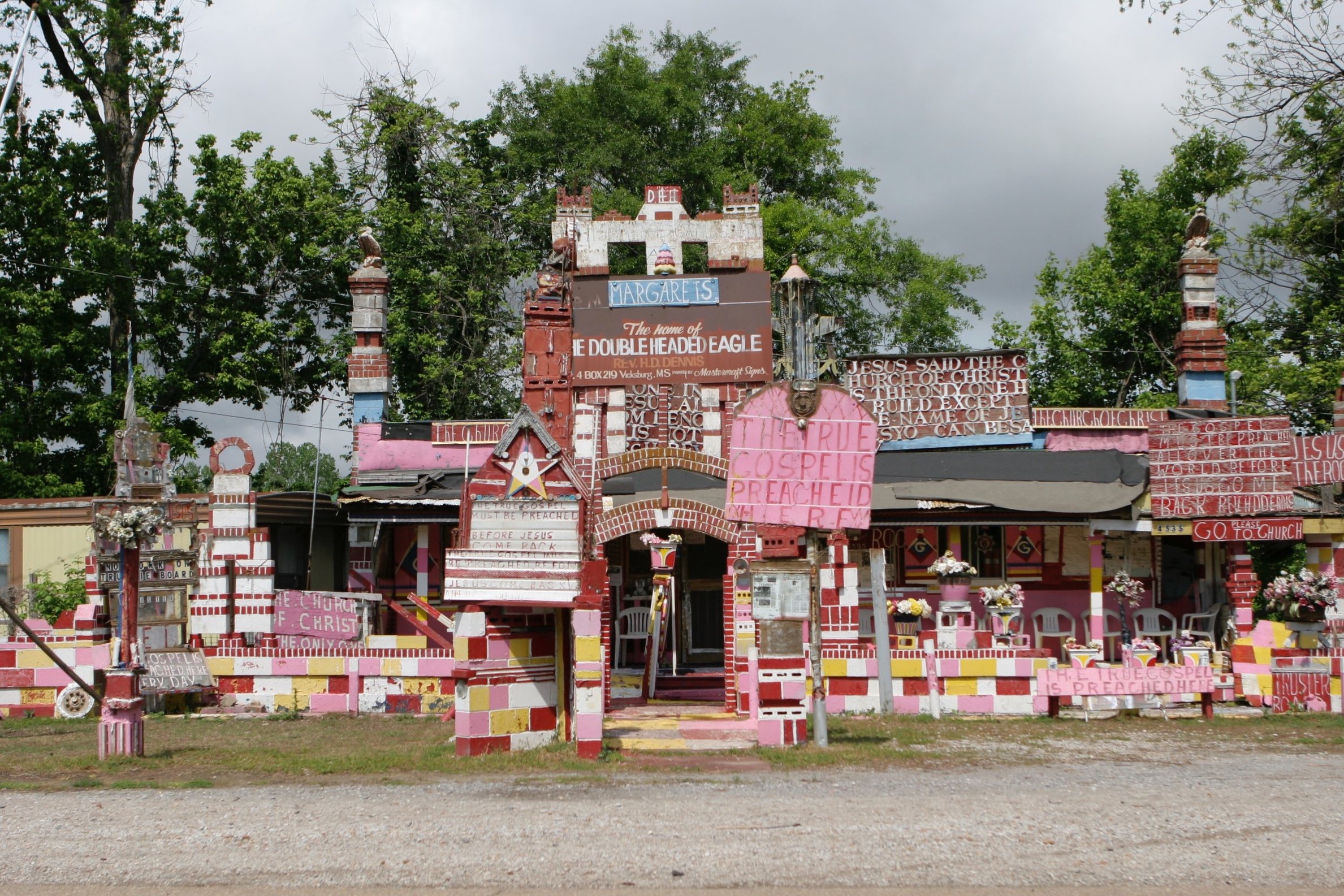
Detour Art
A curated guide to Artist-built Environments
region by region, coast-to-coast.
Dedicated to the sheer joy of outsider, folk, visionary, self-taught, vernacular art and environment discoveries found all along the back roads (and side streets).
Artist-built Environments in the United States
Note: Things change, so check first before arriving. When visiting art environments, remember they are usually on private property, so please be respectful and don’t trespass.
“PECULIAR TRAVEL SUGGESTIONS ARE DANCING LESSONS FROM GOD.”
— Kurt Vonnegut
Road stories
Clementine Hunter and the Melrose Plantation
Clementine Hunter was a self-taught Black folk artist from the Cane River region of Louisiana, who lived and worked on Melrose Plantation.
Hunter was born into a Louisiana Creole family at Hidden Hill Plantation near Cloutierville, in Natchitoches Parish, Louisiana. She started working as a farm laborer when young, and never learned to read or write. In her fifties, she began to sell her paintings, which soon gained local and national attention for their complexity in depicting Black Southern life in the early twentieth century.
Initially she sold her first paintings for as little as 25 cents. But by the end of her life, her work was being exhibited in museums and sold by dealers for thousands of dollars. Clementine Hunter produced an estimated 5,000 to 10,000 paintings in her lifetime.
Margaret's Grocery and Market - Rev. Hermon D. and Margaret Dennis
Between 1959 and 1979, Margaret’s Grocery was the only grocery store owned and operated by a Black woman along Highway 61. Rev. Dennis painted the building red, white, and some blue, but Margaret added the crowning touches of pink and yellow. "You can't have a bouquet of flowers without different colors. We're all God's children." This premier folk art environment has fallen into disrepair with hopes that the Mississippi Folk Art Foundation can do restoration.









